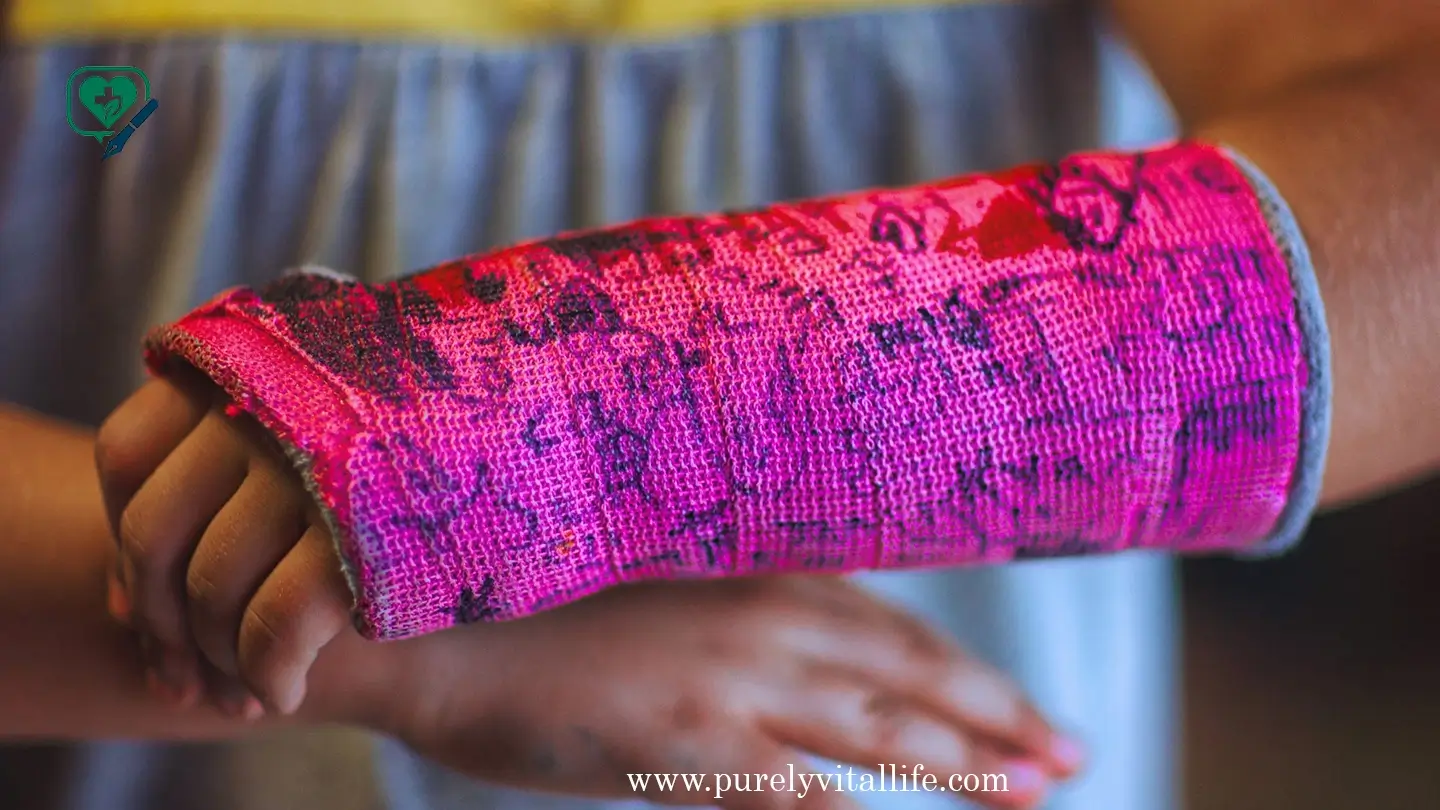
Introduction to Trans Broken Arm Syndrome:
Recent years have brought increased focus to inequities in healthcare treatment for marginalized communities, such as trans broken arm syndrome. At Purely Vital Life, we aim to raise awareness of healthcare inequity while advocating for inclusive, unbiased treatments for all.
This article explains what Trans Broken Arm Syndrome means. It also shows how this issue affects transgender people in real life. Furthermore, it talks about how unfair treatment in healthcare causes problems for these individuals. In addition, the article explores what important changes should happen. These changes will help transgender people get equal care. They also aim to ensure kind and respectful treatment for everyone. Overall, the article helps readers understand why this issue matters. It also explains what actions can make things better for all.
What Is Trans Broken Arm Syndrome?
Trans Broken Arm Syndrome means that some doctors or nurses often blame all health problems that a transgender person has — even something like a broken arm — on their gender identity or the hormone medicines they might be taking. Instead of treating the real health issue right away, like fixing the broken bone, they focus too much on the person being transgender. As a result, the real medical problem doesn’t get the care it needs, which can make things worse. This happens again and again, and it shows how important it is for healthcare workers to treat all patients fairly and with respect, no matter their gender. Instead of prioritizing treating actual conditions rather than gender status issues.
As an example, when visiting an emergency room for a broken arm, transgender individuals may be asked about their transition, hormone use or gender identity, even though this information is irrelevant to their immediate care needs. This not only delays treatment but also reinforces harmful stereotypes and fosters medical mistrust.
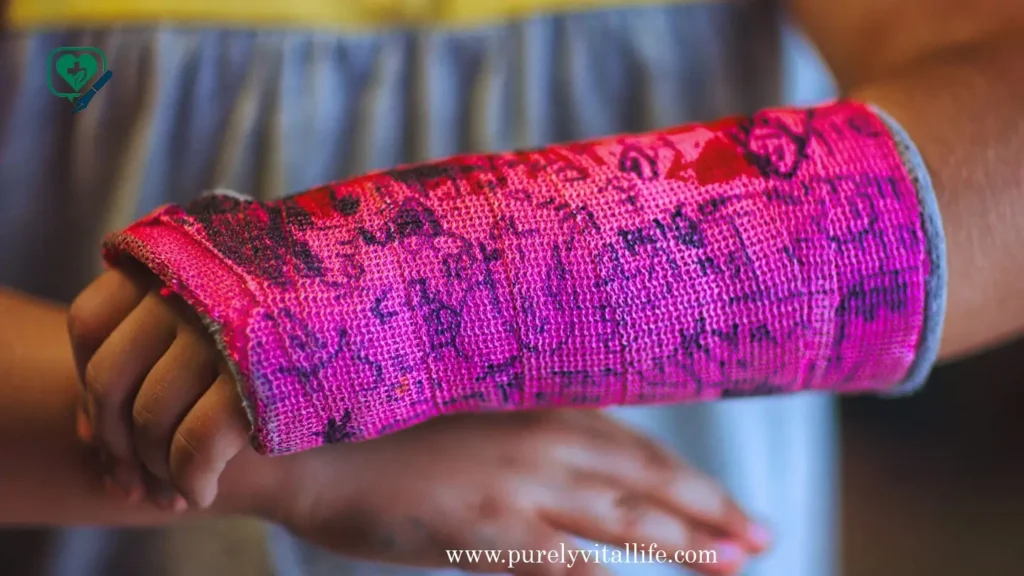
Origin of the Term and Its Social Impact:
The term “trans broken arm syndrome” was coined by activists and transgender individuals to describe their shared experiences of bias in healthcare settings. While not a formal medical diagnosis, the phrase sheds light on systemic issues.
Since its debut, this image has quickly gained traction within LGBTQ+ advocacy and research circles, representing how often transgender patients’ needs are obscured by irrelevant discussions regarding their identity, which results in worse health outcomes, psychological distress and an avoidance of necessary medical treatment.
Also Read About st Surgery Explained: Types, Benefits, and When You Might Need It — >>>
How Trans Broken Arm Syndrome Appear in Healthcare Facilities:
One of the main concerns with trans broken arm syndrome is misdiagnosis or delayed treatment. When trans patients present to healthcare providers for common illnesses or injuries, healthcare providers may fail to order appropriate tests due to gender-based inquiries that distract from symptoms being recognized correctly.

Invasive and Unrelated Questions:
An additional difficulty lies with routine inquiries regarding trans people’s gender history, surgeries or hormone use without regard for any immediate medical problem they are seeking treatment for. Such inquiries can feel intrusive and intimidating when they do not relate directly to treatment needs.
Disregard for Trans Identities in Medical Records:
Healthcare systems often fail to properly incorporate gender-affirming data into patient records, leading to confusion or embarrassment at each visit and making it more difficult for trans patients to receive dignified care. This increases stress levels significantly.
Real World Consequences for Trans Individuals:
Mental Health Toll:
Being misgendered or ignored in healthcare can place an emotional strain on trans patients and cause them to experience anxiety, depression and posttraumatic stress disorder (PTSD). They may feel dehumanized and invalidated even during critical medical circumstances.
Neglect of Medical Care:
Due to previous negative experiences, trans individuals often avoid seeking medical help altogether, leading to untreated illnesses, worsening health conditions and lack of preventive screenings or vaccinations. This often results in unneeded illness treatments being left unattended for much longer than necessary.
Higher Mortality Rates:
Studies demonstrate that transgender individuals face higher mortality rates due to reduced medical care services and treatment interventions; trans broken arm syndrome is a leading contributor.
Understanding the Root of Bias:
Trans broken arm syndrome demonstrates systemic biases within medical education and culture. Many healthcare providers receive no formal training on transgender health issues, leading to confusion and assumptions.
And yet, unconscious bias, personal prejudice and limited exposure to diverse patient populations can cause even well-meaning doctors to mistreat trans individuals. Instead, care should focus on objective, compassionate and fact-based care rather than personal beliefs or social discomfort.
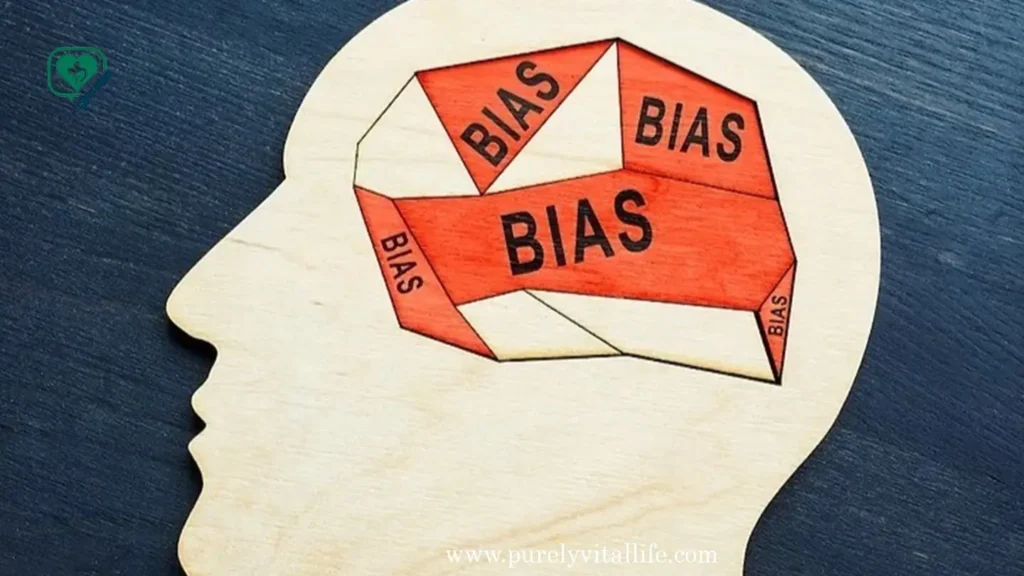
Address Trans Broken Arm Syndrome by Exploring Potential Solutions:
Inclusive Medical Training:
Medical schools should incorporate gender-affirming healthcare education into their curricula. Providers should learn to distinguish between relevant and irrelevant questions when treating trans patients and prioritize person-first care.
Respectful Communication Practices:
Making simple adjustments like asking about pronouns, acknowledging their identity and refraining from asking unnecessary questions can go a long way towards building trust and providing quality care for patients.
Policy and Systemic Changes:
Healthcare institutions should implement policies designed to protect transgender patients from discrimination. This should include nondiscrimination policies, inclusive electronic health records, and regular diversity training for staff.
Patient Advocacy and Support:
Transgender individuals need access to patient advocates, helplines, and legal support when feeling mistreated by others. Organizations like Purely Vital Life provide invaluable resources by sharing stories, raising awareness, and offering resources.
Trans Patients Can Protect Themselves:
While ultimately the responsibility lies with healthcare providers and systems, trans patients can also take certain steps for their own protection:
- Bring an advocate or support person with you for appointments.
- Keep a medical file with complete and up-to-date records regarding health issues and hormone therapy documentation.
- Speak up when questions feel intrusive or irrelevant.
- Report any discriminatory behavior to hospital administration or legal authorities.

Role of Blogs and Media Like Purely Vital Life:
Purely Vital Life plays an essential role in informing and educating the public, empowering trans individuals, and holding healthcare systems accountable. By writing about issues like trans broken arm syndrome we help shed light on real issues while encouraging real change.
Awareness is the first step toward equity. By sharing experiences of all kinds with one another, it becomes harder for systems to ignore them.
Trans Broken Arm Syndrome and Equitable Healthcare in General:
Trans broken arm syndrome is more than a catchy term; it reflects an all too real and harmful trend in modern medicine, so as a society we must demand bias-free care that respects each patient regardless of gender identity.
By advocating for proper training, enforcing accountability measures, and amplifying transgender voices we can create a more inclusive and efficient healthcare system.
At Purely Vital Life, our mission is to expose bias, educate our readers, and advocate for an equitable world where everyone receives the care they need without prejudice or bias.


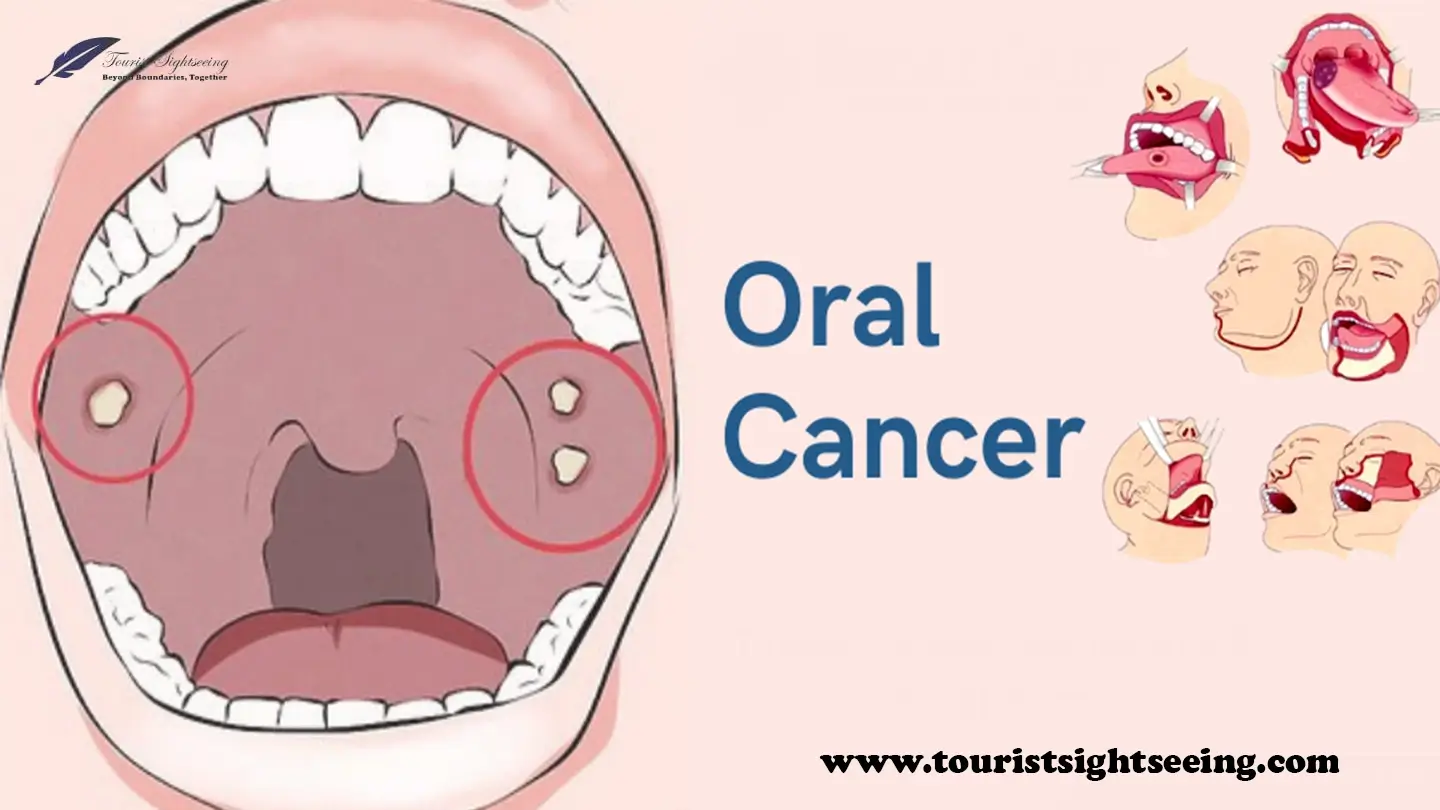
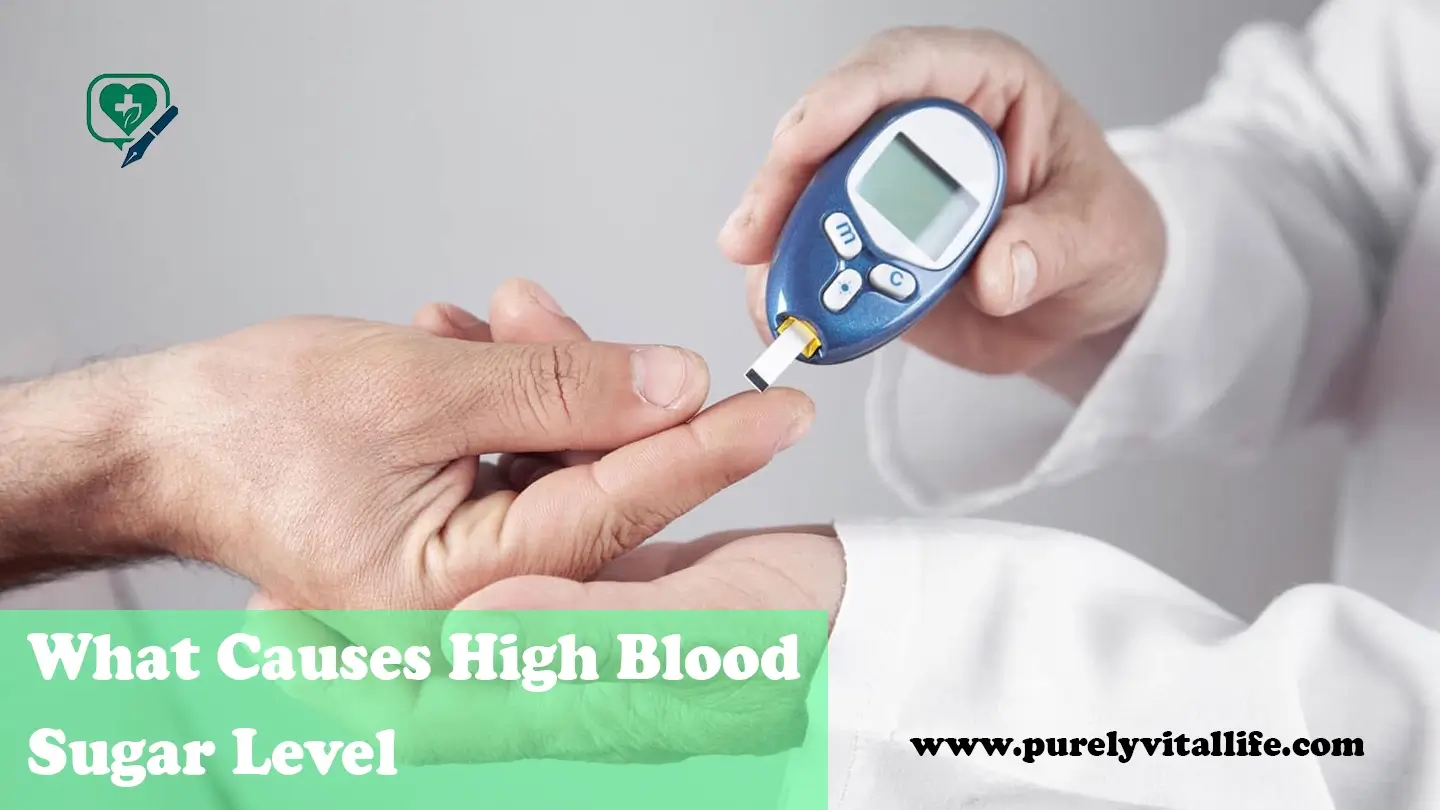
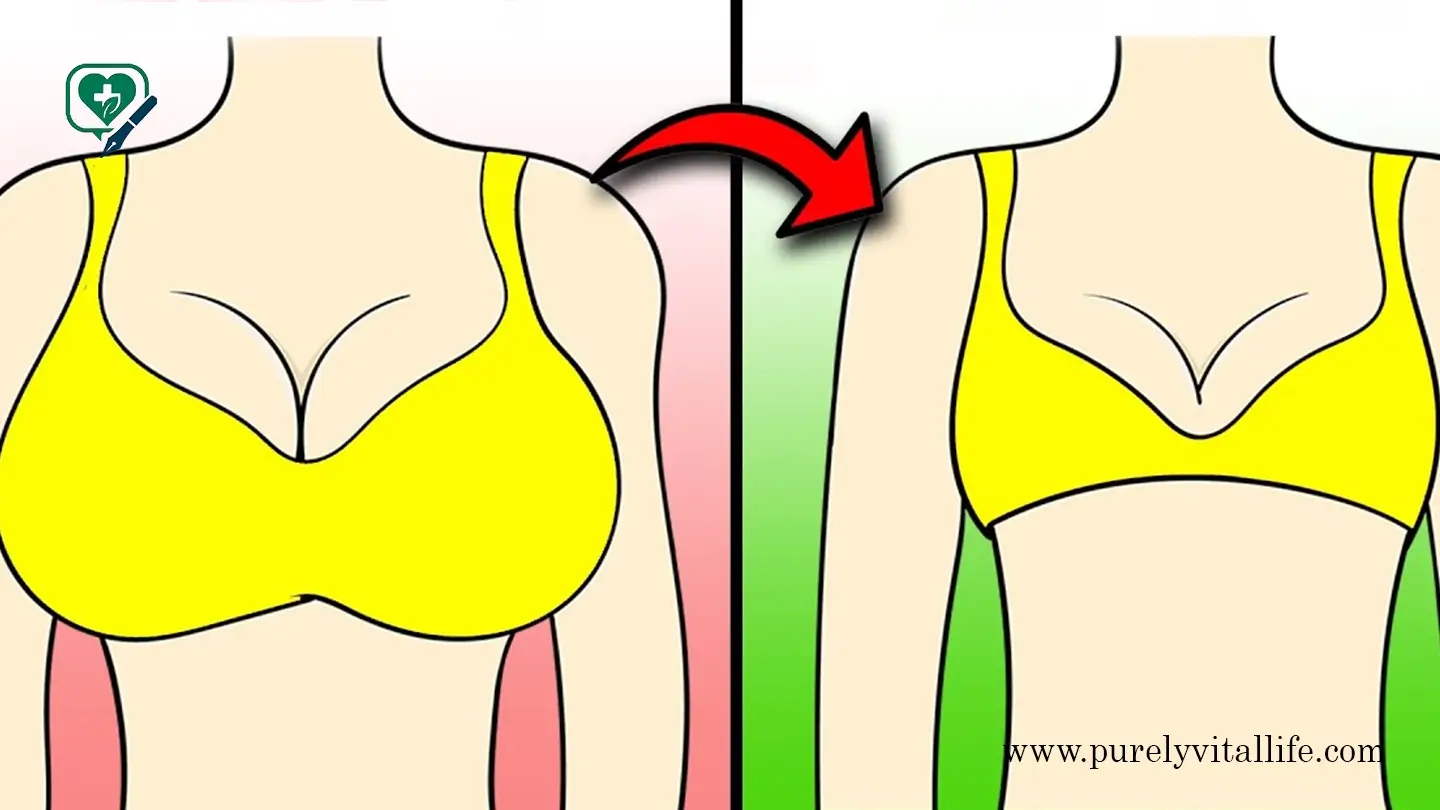
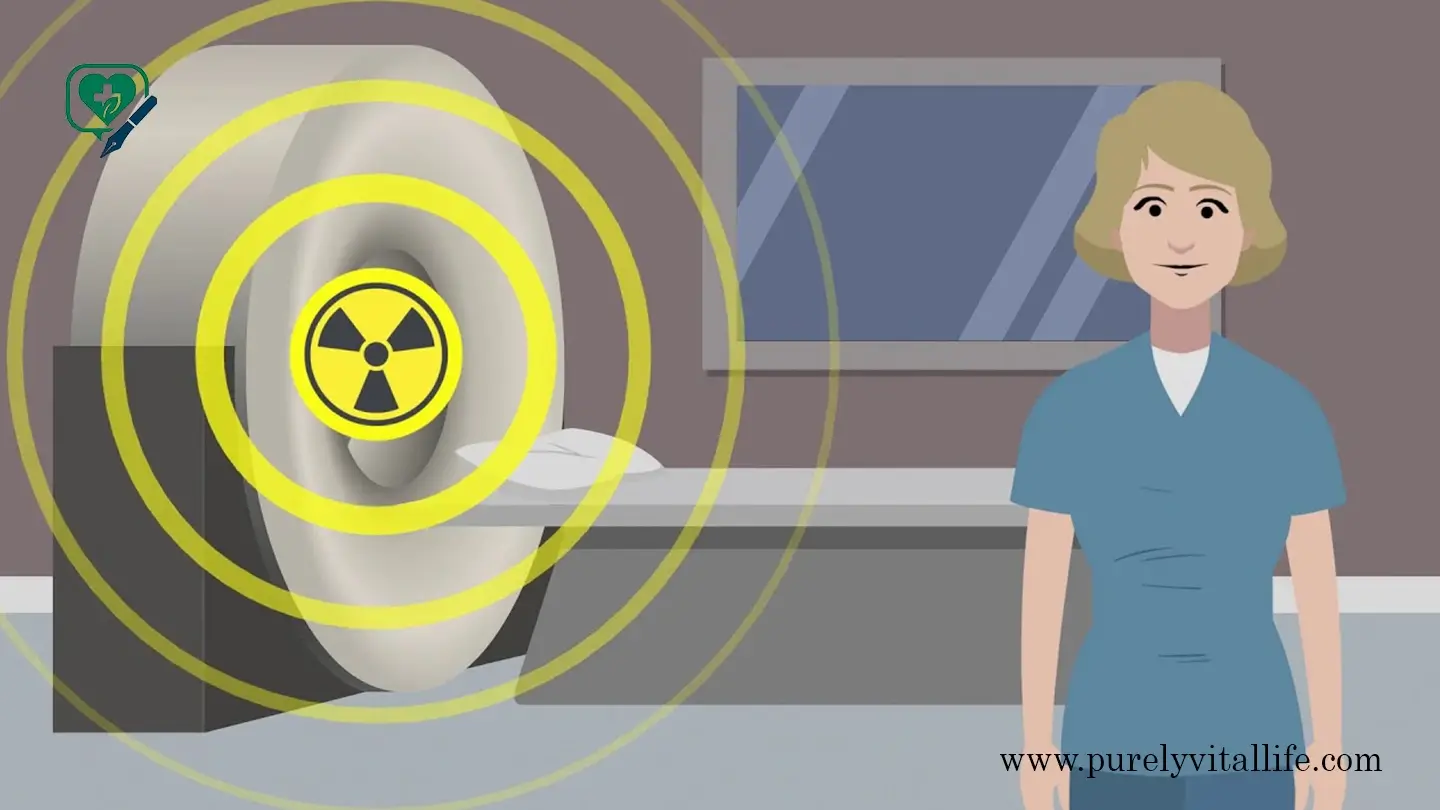


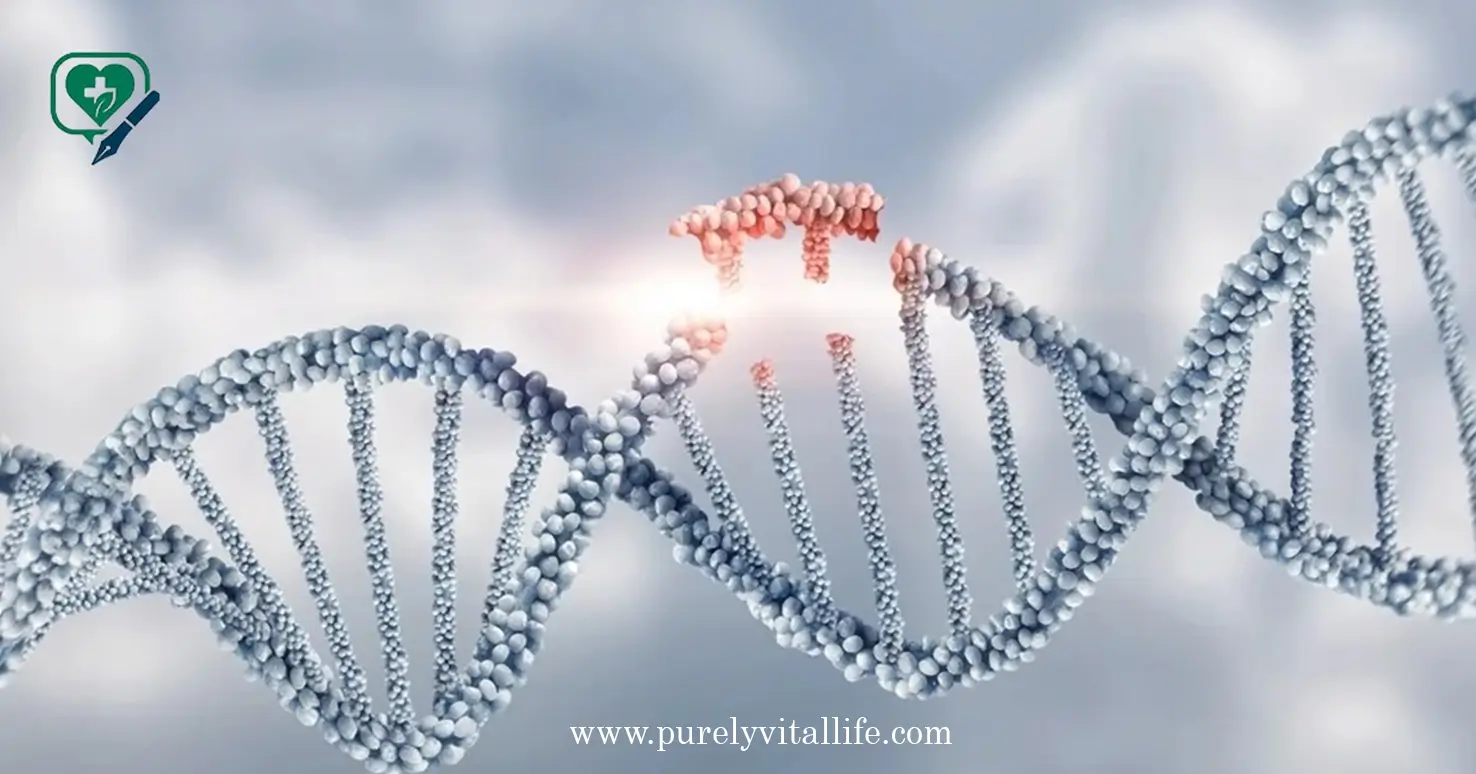
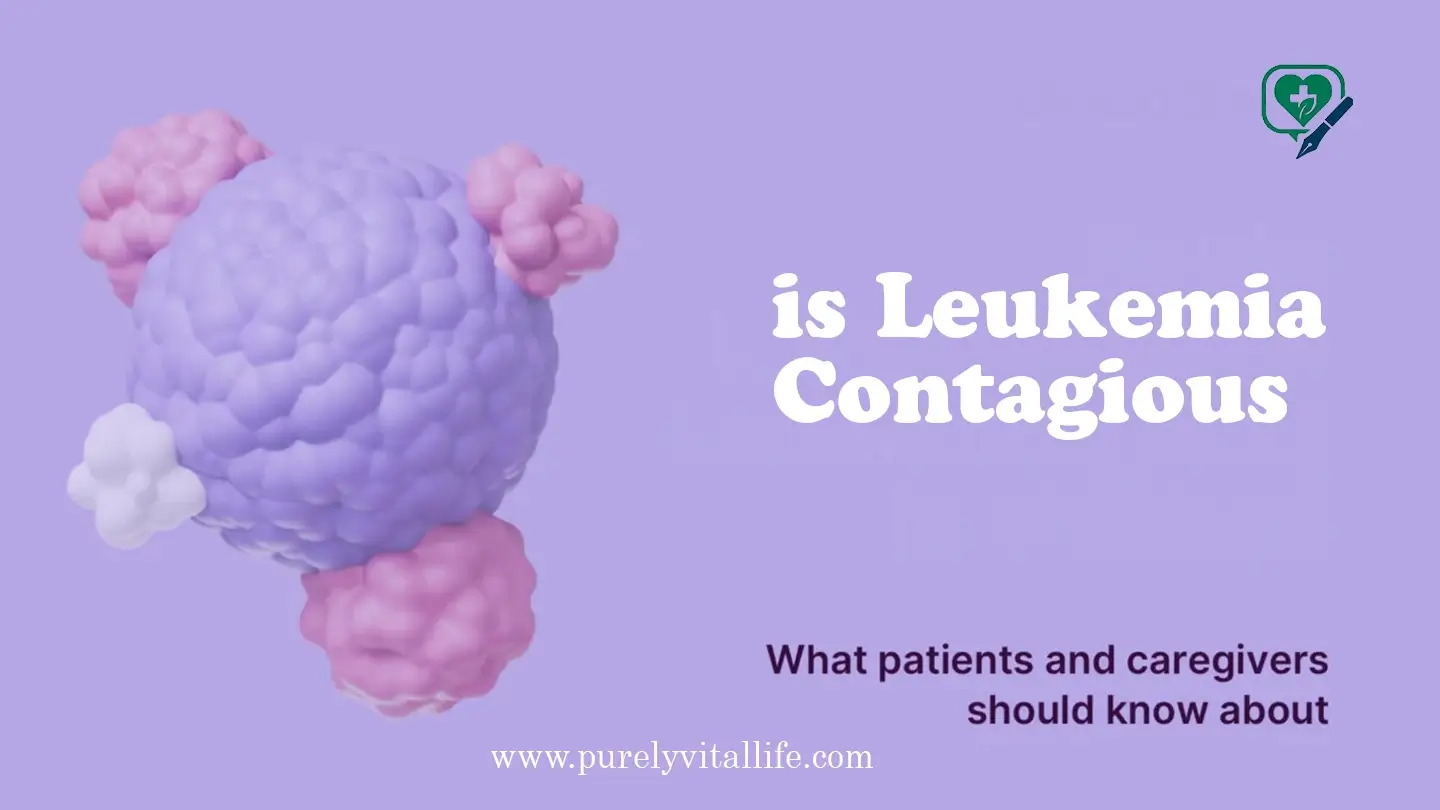
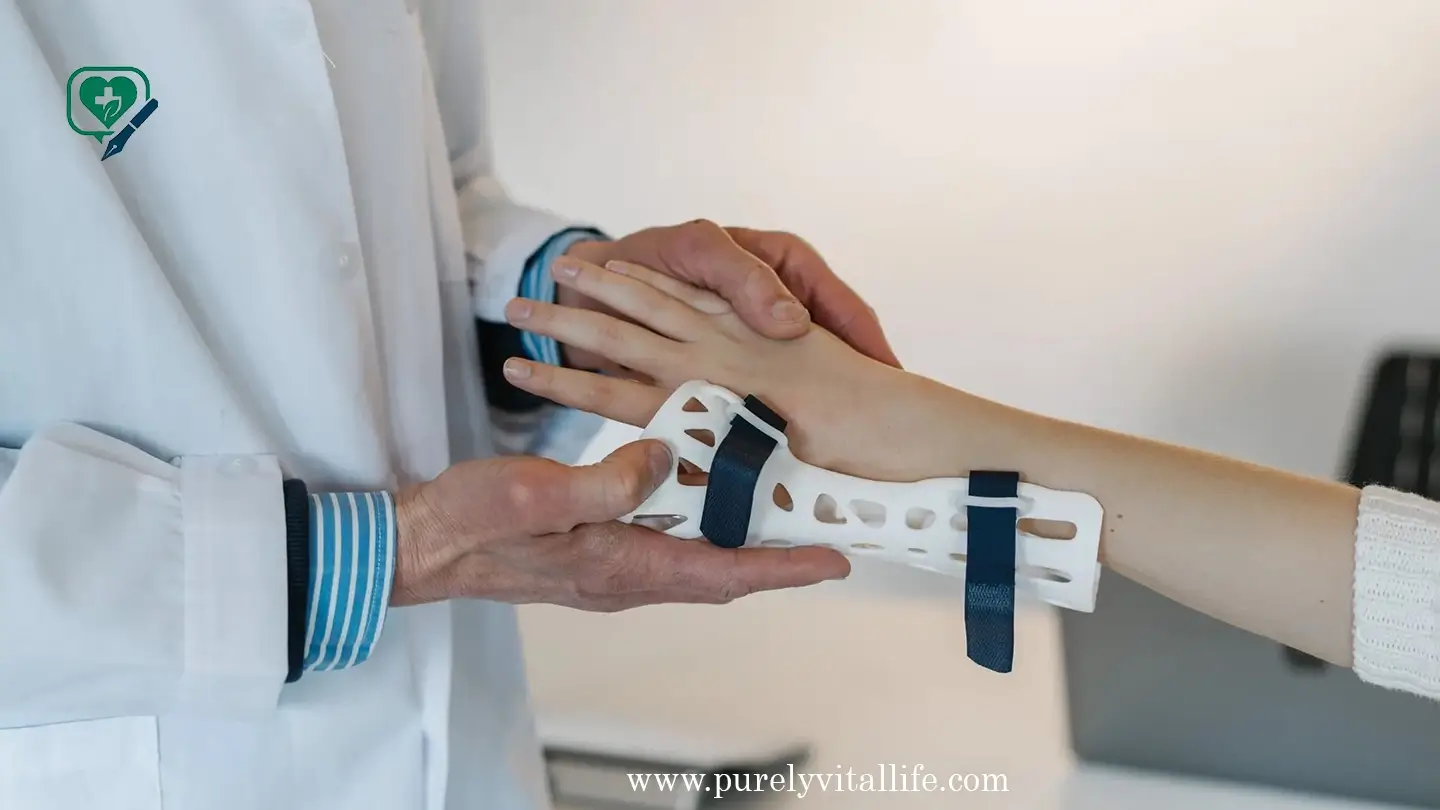
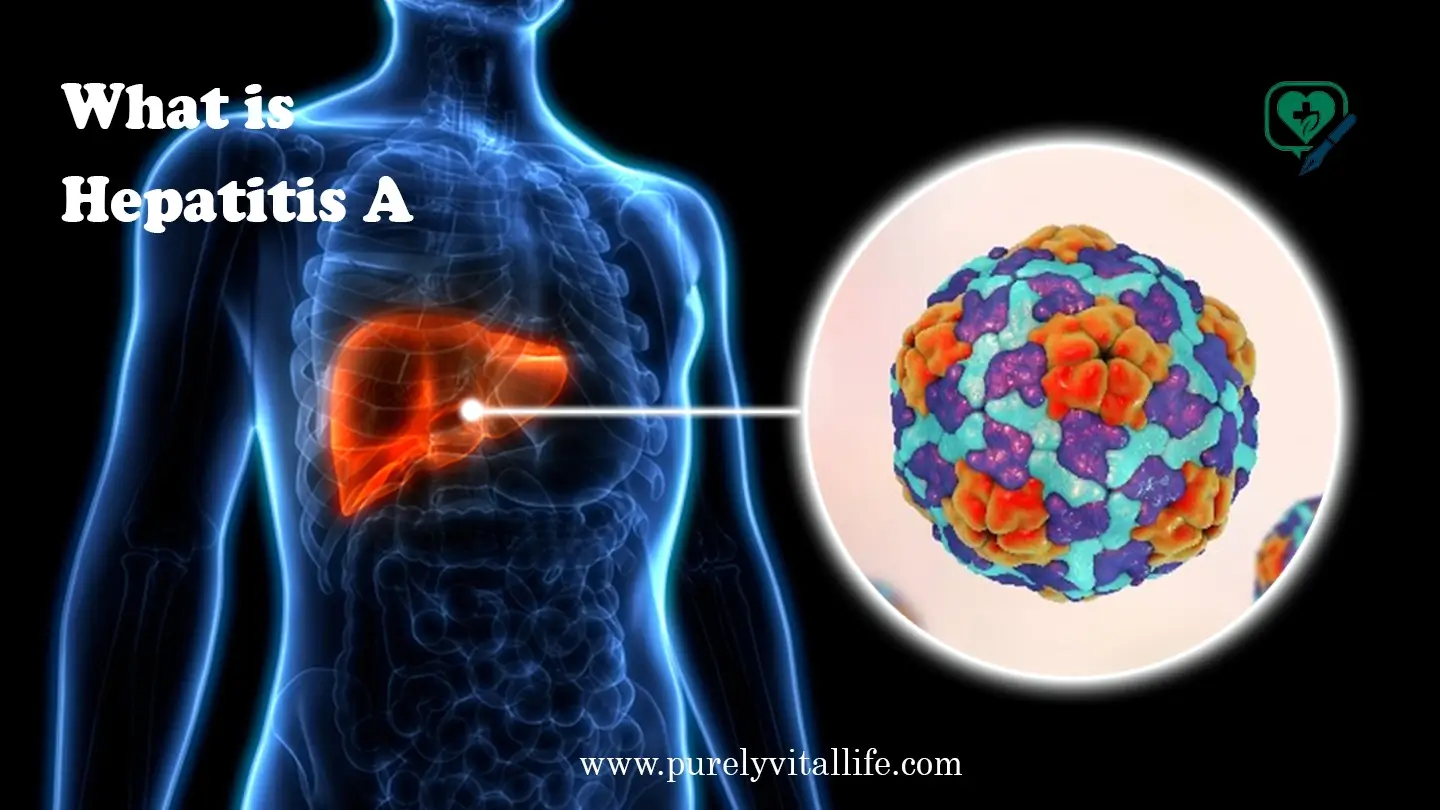
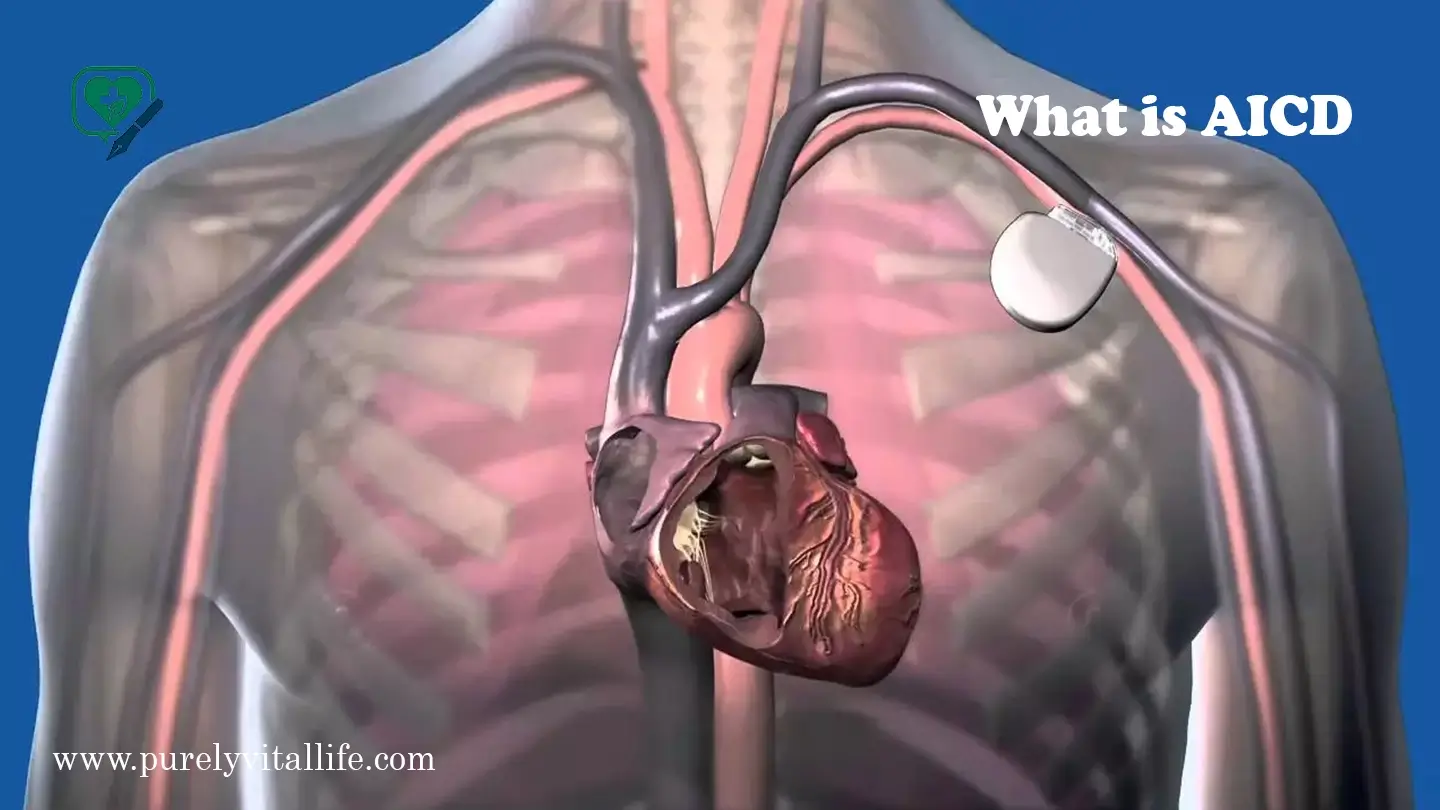




This is such an important topic. Addressing bias in medical care is crucial for fair treatment and better patient outcomes.